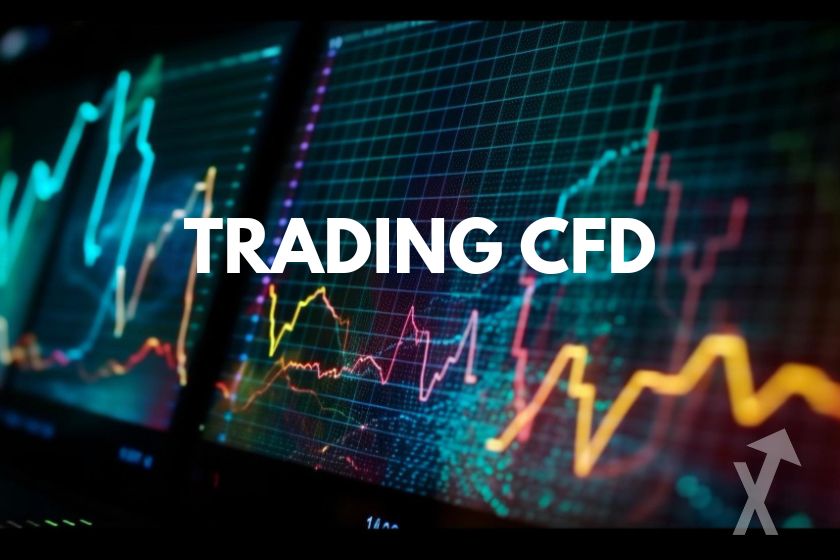When economies stagger and headlines predict financial doom, many investors will freeze and will be unsure of their next move. Uncertainty shakes traditional markets, but for flexible traders, it opens up fresh possibilities. Contract for Difference (CFD) trading, especially in the stock market, is one method that continues to gain attention during volatile periods. With its unique advantages, it offers ways to get through the unpredictable trends rather than being controlled by them.
One standout feature of 股票 CFD (stocks trading with CFD) is its ability to let traders speculate on both upward and downward price fluctuations. You’re not buying the actual asset; you’re trading on the price difference. This means that even if the economy shows signs of decline, the opportunity to profit still exists. This article highlights how CFDs can offer smart trading choices during economic instability, examining key benefits and techniques that give traders more control in uncertain times.
Make Gains Even When Prices Fall
Traditional stock trading usually means waiting for prices to go up. But when markets drop, gains dry up, unless you’re using a different approach. CFD trading lets short selling, which means you can profit from falling prices, as well as rising ones. This strategy is especially valuable when economic news creates panic or when corporate earnings disappoint.
Being able to respond quickly to shifting conditions gives you an edge. Traders aren’t limited to only bullish markets. They can enter and exit trades based on rapid market changes without needing to own the underlying stock. That kind of speed and flexibility becomes a game-changer when prices swing without warning.
Lower Costs Mean Lower Barriers
CFD trading typically requires less capital than buying actual stocks. Since you’re using leverage, your upfront investment is smaller. This doesn’t just make it more affordable, it increases your access to multiple markets without needing to hold a large portfolio.
Lower costs can make a huge difference during volatile times. You may want to spread your positions across various industries or companies to reduce risk. With a lower financial barrier, this diversification becomes more feasible. Still, leverage should be used wisely, as it magnifies both profits and losses.
Keep Risk in Check with Smarter Tools
Managing risk is vital during economic turbulence, and CFD platforms usually provide built-in tools to help. These tools give you control over how much you’re willing to risk on each trade.
Here are a few features that enhance safety:
- Stop-loss orders: Automatically close your trade at a set loss point
- Limit orders: Secure profits when a target price is hit
- Negative balance protection: Prevents your account from going below zero
- Trailing stops: Follow the price direction and lock in profits gradually
With these options, you can tailor each trade to your comfort level. You stay protected even when markets shift faster than expected.
Respond Faster to Market Shifts
CFD trading doesn’t just offer tools; it delivers speed. You can react in real-time to breaking news, policy changes, or sudden investor sentiment. This immediacy lets you execute strategies before others catch on or before broader trends settle in. Without the delays of traditional stock settlement, CFDs let you jump in or out with fewer restrictions. That responsiveness matters when every minute counts. It’s especially helpful during times when markets are driven more by emotion than logic.
If you are planning to do 股票CFD (stocks trading with CFD), it offers a strategic advantage when markets feel like a rollercoaster. With tools that let you trade rising and falling prices, manage risk, and access markets around the globe, CFDs provide opportunities when others see only danger. Economic uncertainty may cause some to hesitate, but for smart traders, it simply changes the rules of the game.
